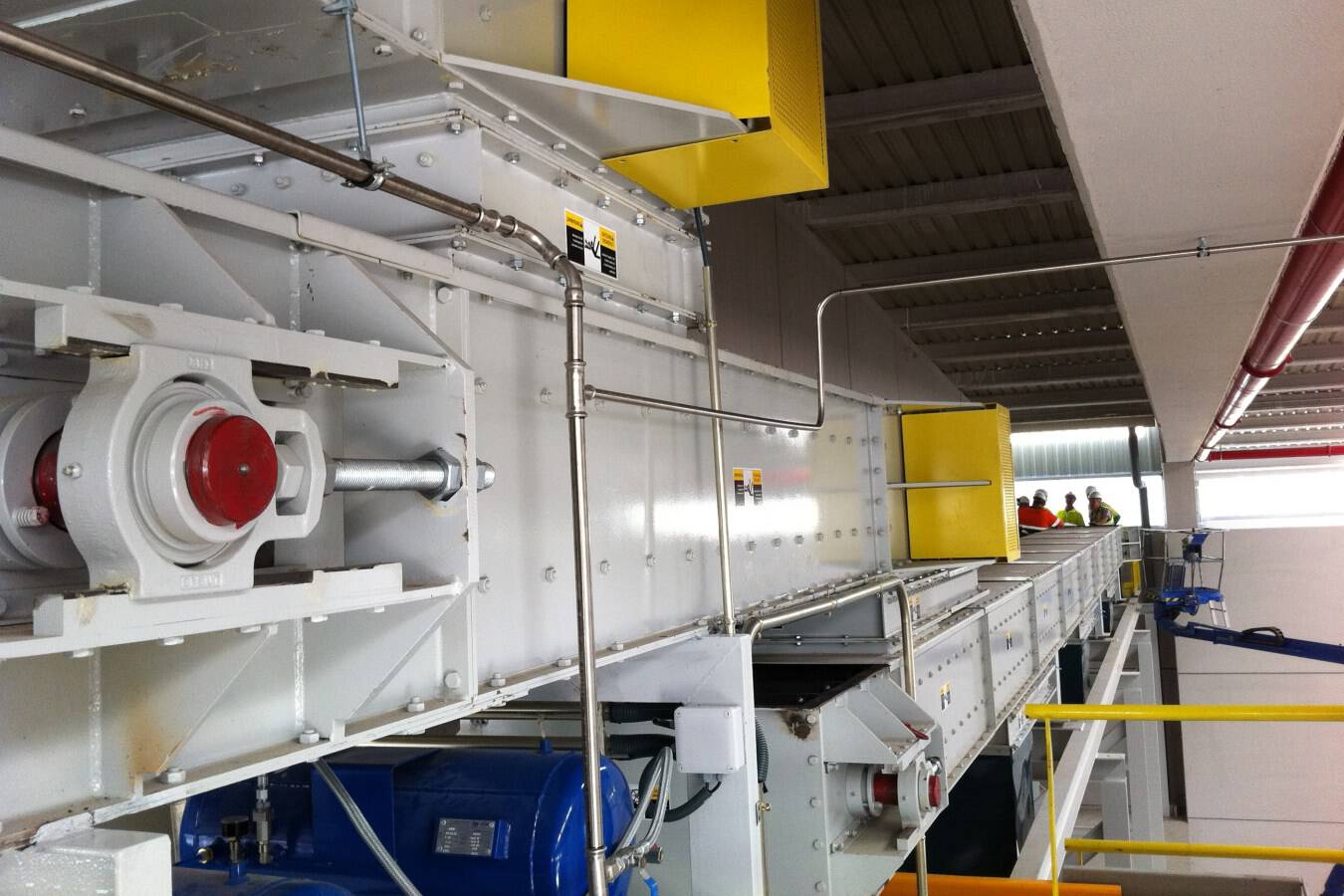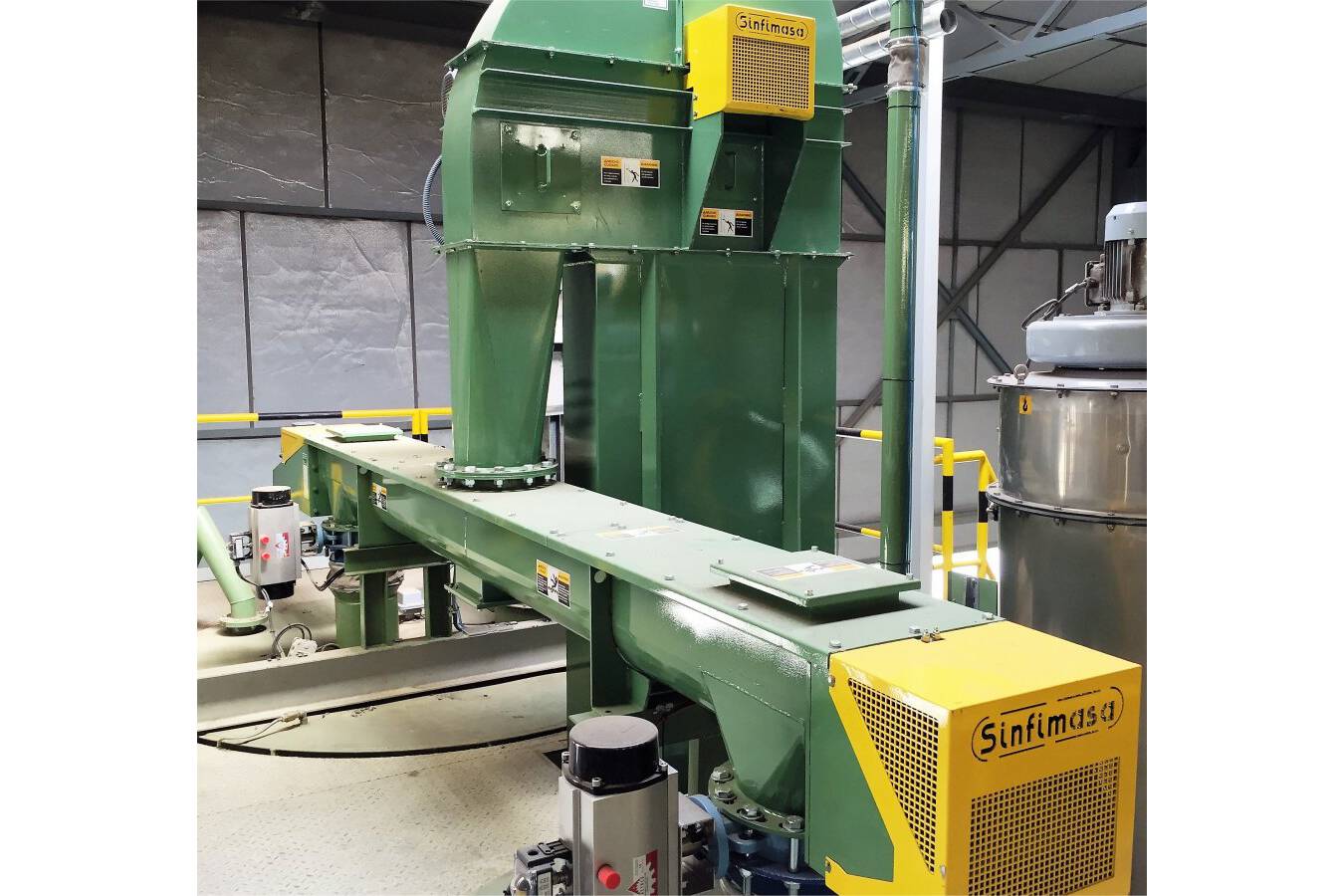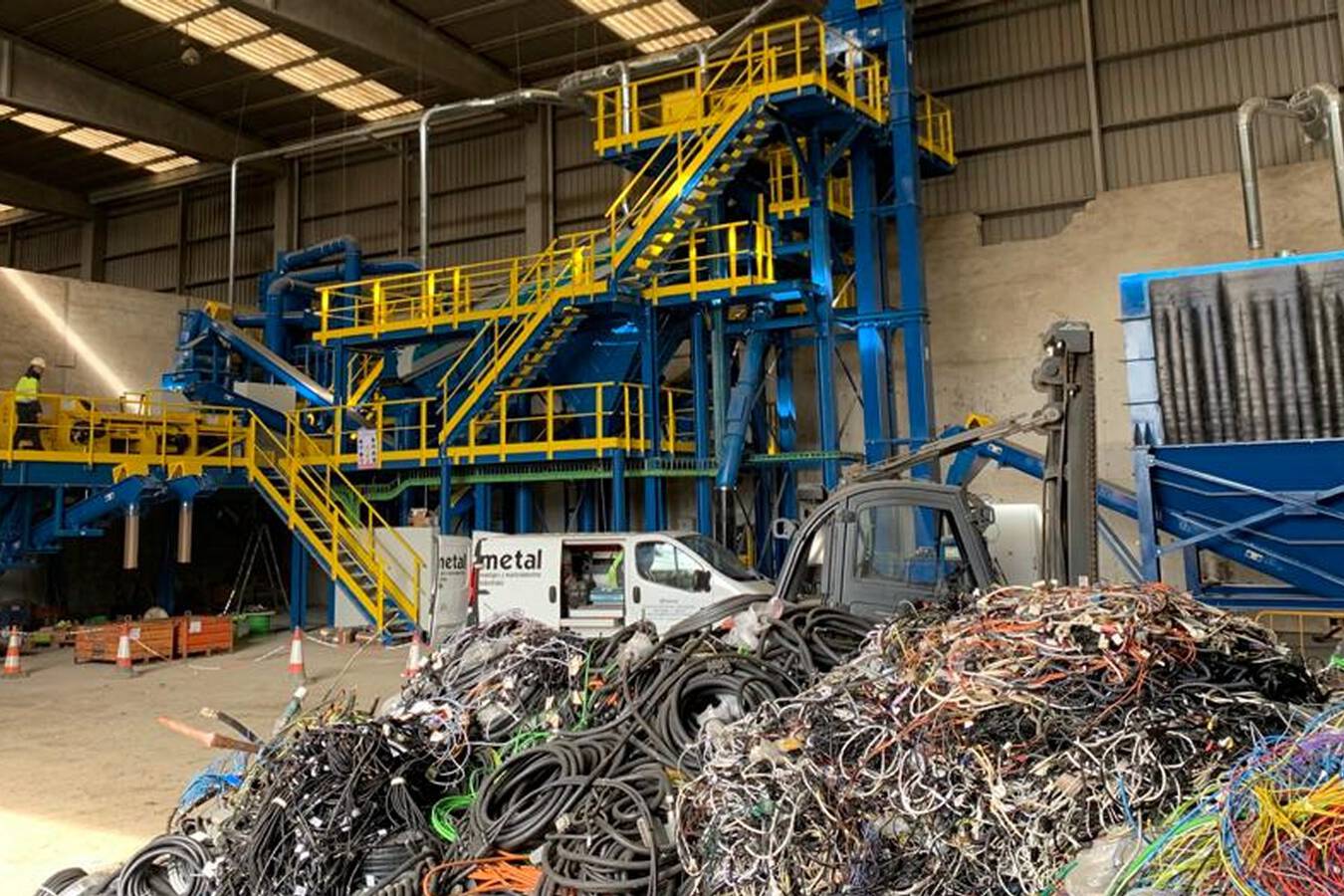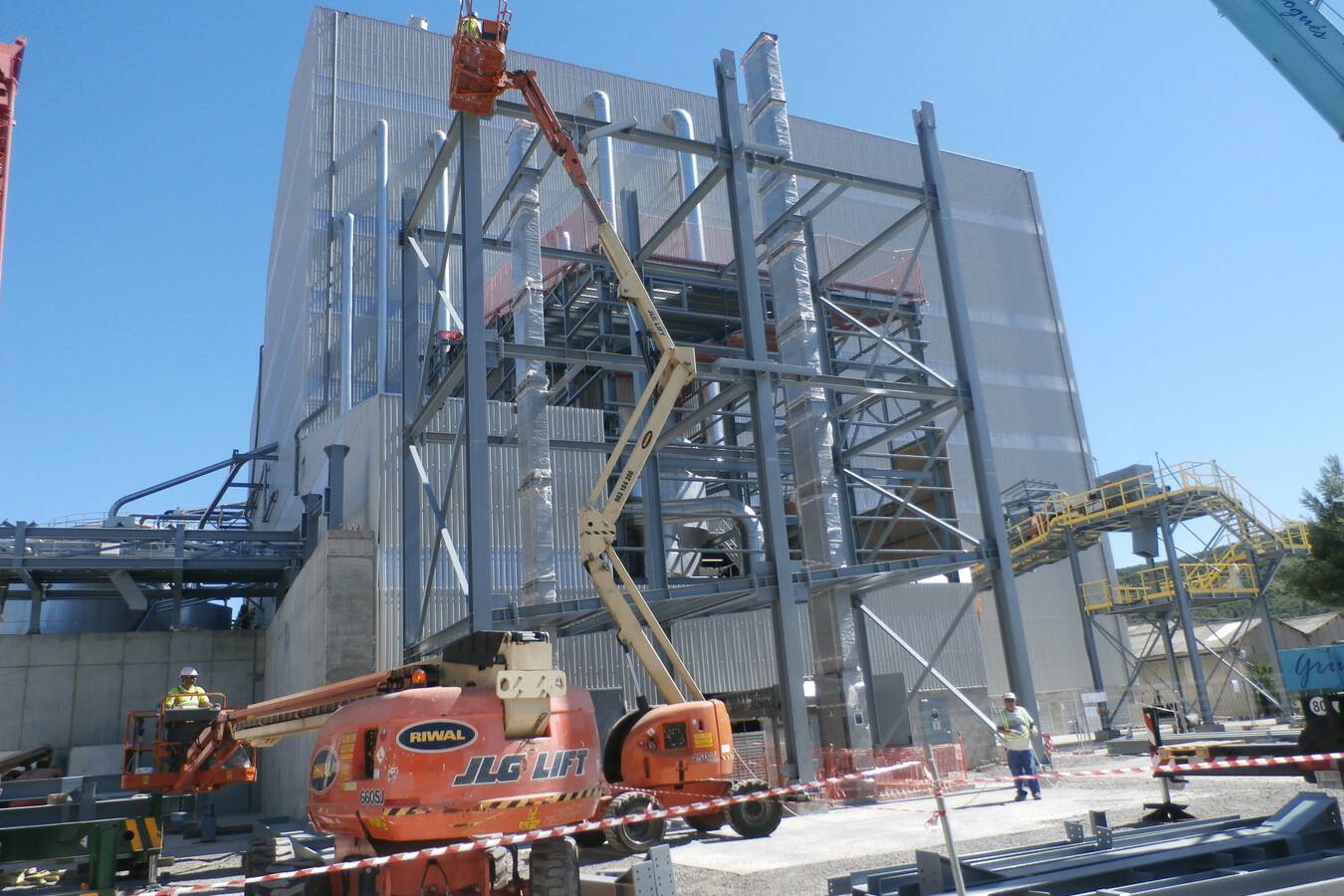Chain or Belt Bucket Elevator
Typically, in the industry and handling of bulk solid products, belt-anchored bucket elevators are used for vertical material lifting due to their higher performance in terms of load capacity and lifting speed. However, a chain bucket elevator emerges as a robust and reliable solution for lifting materials under certain specific conditions. Comparing them with the former, we observe significant differences that influence the implementation decision according to the needs of each project.
Heavy-Duty applications
Chain bucket elevators stand out for their ability to handle bulk materials of large size, high density, abrasiveness, and under high-temperature conditions. This type of elevator uses robust chains as a means of support and traction for the buckets, which gives it superior resistance to wear and slippage. This feature makes them ideal for applications where materials such as minerals, coal, and chemicals need to be transported vertically.
A key advantage of chain bucket elevators is their ability to operate efficiently with materials exceeding 50mm in granularity and temperatures exceeding 100°C, limits that generally pose a challenge for belt elevators.
However, it is important to consider that these elevators have a lower lifting speed.
Efficiency and Versatility
On the other hand, belt bucket elevators are characterized by their suitability for handling fine, light, non-abrasive materials at low temperatures. The use of belts, whether made of synthetic materials or metal with a steel core, allows for smoother operation and with a higher lifting speed, which translates into lower energy consumption. Also, contrary to what one might think, belt elevators require less maintenance than chain ones.
Customized design
The choice between chain and belt bucket elevators is therefore not a matter of preference, but a detailed assessment of the specific characteristics of the material to be conveyed and the operating conditions of the environment. Factors such as temperature, granularity, density, abrasiveness and requirements for speed and conveying capacity must be carefully analyzed to determine the most suitable solution. Below you will find a summary in the form of a checklist to help you make the right choice.
Chain Bucket Elevator
- Suitable for temperatures above 100°C.
- Ideal for products with a granularity above 50mm.
- Preferred for high-density and heavy materials.
- Suitable for abrasive materials.
- Lower lifting speed.
Belt-type Bucket Elevator
- Ideal for temperatures up to 100°C.
- Recommended for environments with ATEX certification requirements.
- Suitable for products with a granularity less than 50mm, in certain cases.
- Optimal for light and low-density materials.
- Higher load capacity.
- Higher lifting speed.
At Sinfimasa, we are committed to advising you at every step of this process, offering customized solutions that perfectly fit the particular needs of your project. The key is to select the appropriate technology that aligns with the specific needs of your operation, thus ensuring an uninterrupted, efficient, and cost-effective workflow.




